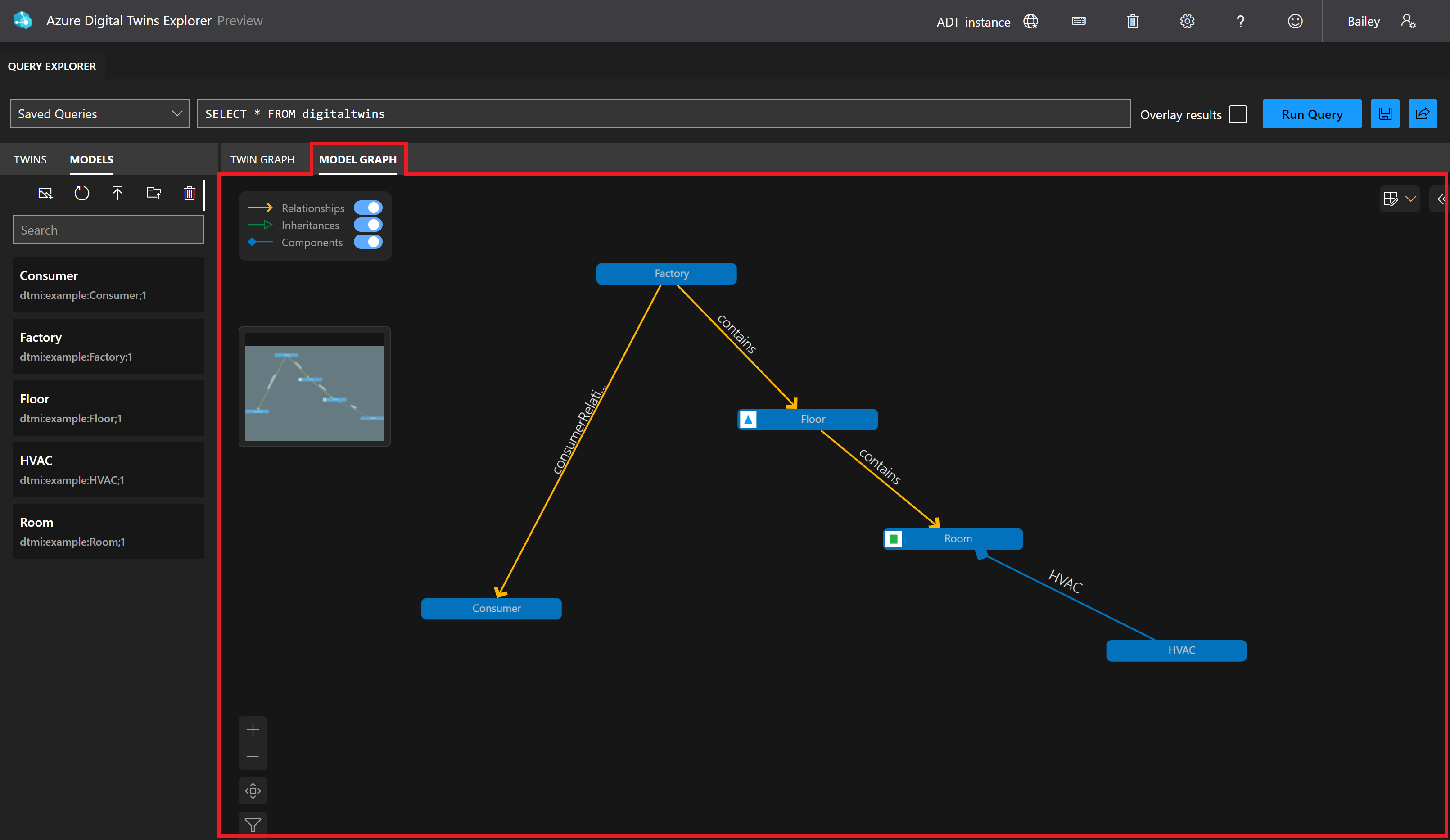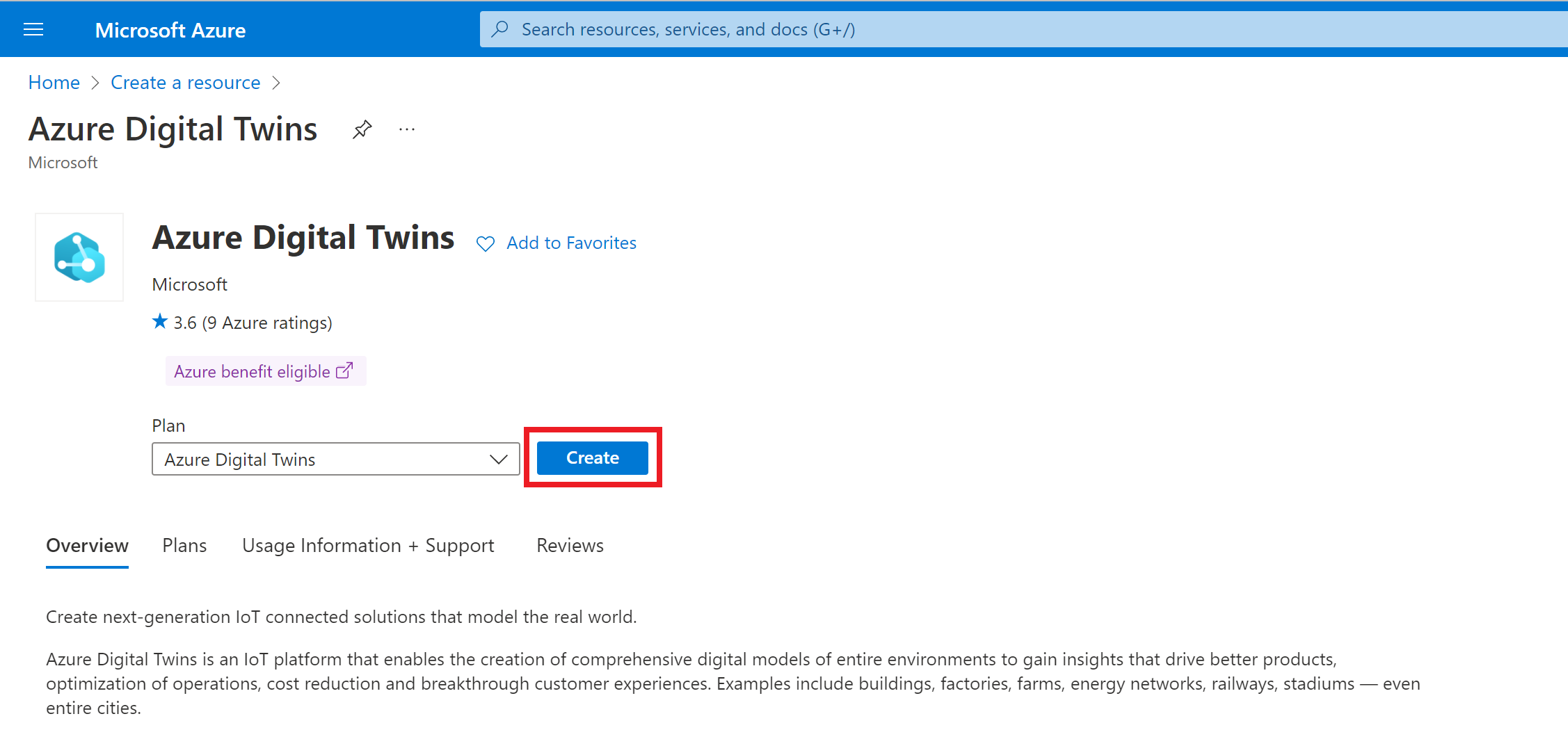Table of Contents
Azure Digital Twins is a cutting-edge Internet of Things (IoT) platform by Microsoft Azure that enables organizations to create digital replicas of physical environments, systems, or assets. By leveraging real-time data, simulation capabilities, and advanced analytics, Azure Digital Twins helps businesses gain deeper insights into their operations, optimize performance, and drive efficiency.
This platform is designed to model complex systems, simulate interactions, and predict outcomes, making it invaluable for industries ranging from manufacturing and healthcare to smart cities and energy management. In this article, we’ll explore what Azure Digital Twins is, how it works, and its practical applications.
Core Concepts of Azure Digital Twins
At its core, Azure Digital Twins provides a digital representation of real-world entities, enabling users to monitor, simulate, and optimize operations. Let’s break down the key concepts:
- Digital Models:
- Azure Digital Twins uses the Digital Twins Definition Language (DTDL) to model entities such as buildings, machines, or workflows.
- DTDL defines the properties, relationships, and behaviors of these entities, allowing for precise simulations.
Here’s an example of a basic DTDL model. This model describes a Home, with one property for an ID. The Home model also defines a relationship to a Floor model, which can be used to indicate that a Home twin is connected to certain Floor twins.
- Live Data Integration:
- The platform connects to IoT sensors, business systems, and external data sources, enabling real-time updates to the digital twin.
- This allows businesses to analyze and act on real-time data.
- Contextual Insights:
- By modeling the relationships between components, Azure Digital Twins provides a holistic view of systems.
- Example: A smart building’s digital twin can model HVAC systems, lighting, and occupancy data to optimize energy use.
- Simulations and Predictions:
- Businesses can simulate “what-if” scenarios to test potential changes and predict outcomes.
- Example: A factory can simulate equipment failures and proactively schedule maintenance.
How Azure Digital Twins Works
Azure Digital Twins operates through the following steps:
- Modeling:
- Users define their assets and environments using DTDL. These models include properties (e.g., temperature), telemetry (e.g., energy usage), and relationships (e.g., how machines interact in a workflow).
- Ingesting Data:
- Real-time data is ingested from IoT Hub, Event Hubs, or APIs. This data feeds into the digital twin, keeping it updated.
- Processing Data:
- Azure Digital Twins integrates with Azure Functions and Logic Apps to process and act on data, such as triggering alerts or updating workflows.
- Querying:
- Using a powerful query API, users can extract insights from the digital twin, such as identifying anomalies or optimizing resource allocation.
- Visualization and Integration:
- Visualize insights using Azure Maps, Power BI, or custom dashboards. Integrate with business systems for seamless workflows.
Here’s an example of what a model graph might look like:

Key Features of Azure Digital Twins
1. Digital Twins Definition Language (DTDL)
- A JSON-like language used to define the structure and behavior of digital twins.
- Supports modeling physical objects, processes, and their relationships.
2. Real-Time Insights
- Continuous data streams from IoT devices keep the digital twin updated, enabling real-time monitoring and analysis.
3. Event Processing
- Trigger workflows or actions based on telemetry or changes in the twin using Azure Logic Apps or Azure Functions.
4. Query API
- Allows users to query their digital twins for insights, such as finding malfunctioning devices or optimizing resource usage.
5. Integration with Azure Services
- Works seamlessly with IoT Hub, Azure Maps, Azure Machine Learning, and more for advanced analytics and visualization.
Benefits of Azure Digital Twins
- Operational Efficiency:
- Optimize resource usage and workflows by analyzing real-time and historical data.
- Cost Savings:
- Predictive maintenance and energy optimization reduce operational costs.
- Improved Decision-Making:
- Simulations and real-time insights empower better, data-driven decisions.
- Scalability:
- Azure Digital Twins scales to handle complex environments, from single buildings to entire cities.
- Enhanced Customer Experiences:
- Tailor services and solutions based on insights from digital twins.
Practical Applications of Azure Digital Twins
1. Smart Buildings
- Optimize energy consumption by integrating data from HVAC, lighting, and occupancy sensors.
- Example: A corporate office reduces energy costs by dynamically adjusting lighting based on room occupancy.
Watch this video from Microsoft IoT Developers on “Deep Dive: Azure Digital Twins for smart buildings: A look into Willow Twin solution”
2. Manufacturing
- Monitor and simulate factory operations to prevent downtime and improve production efficiency.
- Example: A car manufacturer uses Azure Digital Twins to predict equipment failures and schedule maintenance.
3. Healthcare
- Create digital models of hospitals to optimize patient flow, resource allocation, and equipment maintenance.
- Example: A hospital tracks real-time patient occupancy and allocates resources dynamically.
4. Smart Cities
- Manage infrastructure such as traffic, utilities, and public services using interconnected digital twins.
- Example: A city models traffic patterns and optimizes traffic signals to reduce congestion.
5. Energy and Utilities
- Monitor and optimize energy grids, renewable energy sources, and consumption patterns.
- Example: A wind farm simulates turbine performance to maximize energy output.
Technical Considerations for Implementing Azure Digital Twins
1. Data Quality
- Ensure sensors and data sources provide accurate, reliable data to maintain the integrity of the digital twin.
2. Integration Complexity
- Plan for integrating Azure Digital Twins with existing systems like ERP, CRM, and custom IoT solutions.
3. Skill Requirements
- Teams need expertise in Azure services, IoT architecture, and DTDL to fully utilize the platform.
4. Cost Management
- Monitor usage of Azure services like IoT Hub, Event Hubs, and Logic Apps to avoid unexpected costs.
Challenges and Workarounds
1. Initial Setup Complexity
- Challenge: Setting up a robust digital twin model for complex environments.
- Workaround: Start small with a pilot project to demonstrate ROI before scaling.
Here is an article from Azure walking you through its initial setup guide for you to not worry about too much bottleneck.

2. Data Silos
- Challenge: Integrating data from legacy systems.
- Workaround: Use Azure Data Factory or APIs to consolidate and normalize data.
3. Real-Time Processing
- Challenge: High latency in processing large-scale data streams.
- Workaround: Optimize data pipelines using Azure Functions and Event Grid.
How Azure Digital Twins Helps Businesses Save Costs
- Predictive Maintenance:
- Proactively identify and address issues before they escalate into costly failures.
- Example: A factory predicts equipment wear and avoids expensive downtime.
- Energy Optimization:
- Use real-time data to reduce unnecessary energy consumption in buildings or factories.
- Example: A smart building dynamically adjusts HVAC based on occupancy.
- Improved Resource Allocation:
- Analyze workflows and resource utilization to eliminate inefficiencies.
- Example: A logistics company optimizes warehouse layouts for faster operations.
Costs Associated with Azure Digital Twins
- Service Costs:
- Azure Digital Twins pricing is based on API calls and operations. Additional costs apply for integrated services like IoT Hub or Logic Apps.
- Infrastructure Costs:
- IoT sensors, edge devices, and connectivity infrastructure require upfront investment.
- Scaling Costs:
- As digital twin models grow, the associated storage and compute requirements increase.
Why Azure Digital Twins is a Game-Changer
Azure Digital Twins empowers businesses to bridge the gap between the physical and digital worlds, enabling real-time insights and optimization. Its ability to model complex systems, integrate live data, and simulate scenarios makes it a critical tool for industries seeking to innovate and remain competitive.
Final Thoughts
Azure Digital Twins transforms how businesses interact with their physical environments by providing actionable insights and predictive capabilities. Whether you’re optimizing a smart building, scaling manufacturing operations, or managing a city’s infrastructure, Azure Digital Twins offers the tools you need to innovate and save costs.
For more insights on Azure Digital Twins and IoT solutions, follow CereBrix on social media at @cerebrixorg!
💡 You might also like:
Franck Kengne
Tech Visionary and Industry Storyteller
Read also
January 15, 2025
January 14, 2025
January 14, 2025


